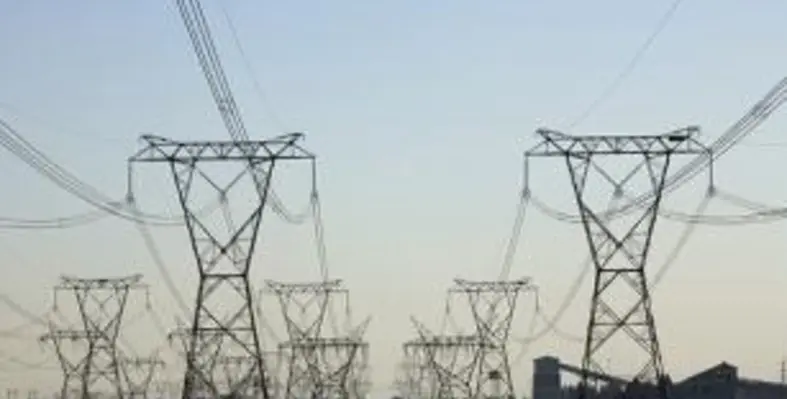Kenya is finalising the selection of a consultant to oversee the building of the US$1.2bn electricity transmission line from Ethiopia
Kenyan energy ministry officials said that the lead consultant would be contracted under the World Bank’s terms of competitive selection by early 2013.
The consultant’s role would entail the building of steel towers, transmission cables with inverters at Suswa in Kenya and Welayta Sodo in Ethiopia to usher in regional trade under the Eastern Africa Power Pool (EAPP) countries.
In September, the African Development Bank (AfDB), World Bank and the French Agency for Development have committed to finance the project to the tune of US$1.26bn. It would involve the construction of 1,068km of high voltage cables with the project expected to be completed in 2017.
Upon commissioning, it would supply 400MW of electricity from Ethiopia and contribute to the reduction of the cost of power in Kenya.
Patrick Nyoike, Kenya’s energy ministry permanent secretary said that the lead consultant would also prepare tender documents of the transmission line designed with power transfer capacity of 2,000MW.
Ethiopia is well endowed with hydropower potential of about 45,000MW and the country is currently building three dams to generate more power for domestic consumption and export to Kenya and neighbouring countries.
AfDB officials note that entry of Ethiopia into the regional power pool would help reduce the over reliance of oil to generate electricity.
"It has the potential to replace some fossil-fuelled thermal generation in the East African region," said AfDB regional director for East Africa Gabriel Negatu.
AfDB said that the additional power once injected into the Kenyan grid would enable supply electricity to an additional 870,000 households by 2018, and a cumulative 1.4mn households by 2022.
"Businesses and industries will also benefit, with around 3,100GWh of additional energy by 2018, increasing to around 5,100GWh by 2022," said Negatu in a statement.
Under the rural electrification programme, power connection to rural areas has increased tremendously in the last decade putting pressure on the power supply which has relied mainly on unreliable hydropower generation.
The Rural Electrification Authority (REA), the organisation which set up the programme, reports that rural electrification has increased from 4 per cent in 2003 to 22 per cent in June last year.
Before the launch of the programme in 2003 only 8.6 per cent, or 1,729 public facilities, 1,096 trading centres, 285 public secondary schools and 348 health centres had been connected to electricity.
This has grown to 12,094 public institutions - 6,169 trading centres, 3,910 public secondary schools and 2,014 health centres - between 2004 and June 2010.
"We have connected most public institutions because they are major economic centres that will have a major impact on the nearby communities. At this rate, I'm certain we will meet our targets under Vision 2030," said REA CEO Zachary Ayieko.
Recently, REA allocated more than US$4.5mn in the 2012/13 financial year for the 198 rural constituencies in the country in a bid to increase power connection to rural countryside.
“The focus this year is to electrify all the remaining 857 secondary schools by December 2012 and the balance of 4,387 public facilities by June 2013,” noted Ayieko, in newspaper adverts outlining the funds allocations to the constituencies.
To achieve its mandate, REA has been targeting to electrify all major public facilities which include trading centres, secondary and primary schools, health centres and households within the vicinity of the public institutions.
Mwangi Mumero






